Thrifty Fashionista: Op Shopping & Upcycling
I’ve been a fan of ‘op shopping’ since I was a teenager; it was a sure fire way to have a new outfit that no one else would at castings for modelling and acting, it was affordable, I was giving back and unearthing Stella designer labels; from a Calvin Klein belt, a classic print Gucci purse and a pair of black and white Gary Castles wedges, to a Calvin Klein turquoise silk wrap dress, YSL emerald green blouse and crisp white DnG fitted shirt … I’ve op shopped and thrift’ed around the world; from Perth to Sydney, Paris to London, New York to L.A and back again, and best of all this style of shopping is supporting the art of up-cycling and recycling.
When I lived in Paris in the 2émé it was in the heart of the fashion district. The stores had next season’s garments on display for the buyers to come in and purchase by day and by night the sidewalks and bins would over flow onto the street with cut offs and discarded garments. The homeless are the only ones to benefit from this waste. The earth is not.
With landfill from fabric cut offs, unwanted garments and poorly discarded dyes & chemicals, the fashion industry is one of the world’s greatest pollutants. Having modelled since the age of seven I’ve seen first hand how the fashion industry can cross over from the glamourous to the not so. (Watching the documentary, The Machinists will bring this to your attention even more.)
I was inspired to chat with Anna, a current affairs & style blogger at The Tangible Blog who shares my conscious fashionista passion, and asked her to share with you her vibes on this approach to fashion, the real meaning behind why we choose to op shop, tips on how best to get into the spirit (especially in time for Christmas!) and some hot spots to get you thrifting like a pro!
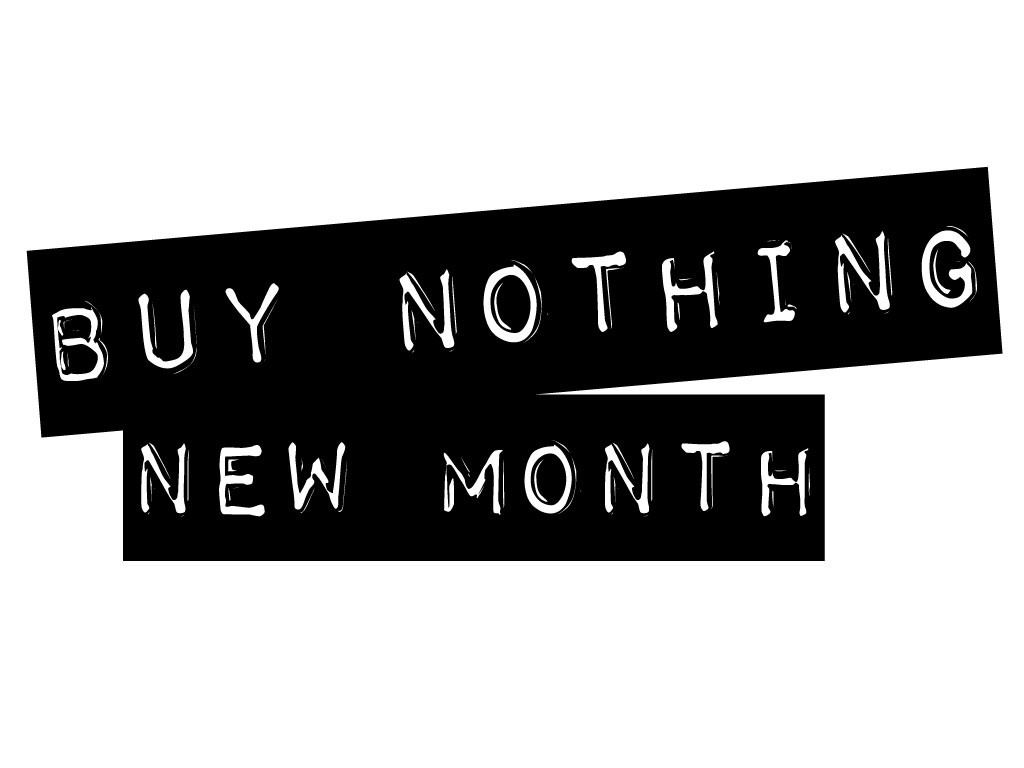
Namaste, StellaTribers!
I would like for you to take away something more than “Oh! I MUST shop there” – there is a bit more to it than simply walking into a shop for me, so I’m sharing some personal musings on style, recycling, and fast fashion, and why I am inviting more second-hand pieces into my wardrobe.
What’s the difference?
The first thing you should know is that ‘Op’ stands for Opportunity, so an ‘Op Shop’ is really an ‘Opportunity Shop’ (also known as a Thrift Shop, in America).
An opportunity for who? Op shops are run by local charities and religious groups – St. Vincent De Paul, The Salvation Army, Anglicare, The RSPCA, Good Samaritans etc. – The core mission of these organisations is compassion towards the less fortunate. The proceeds from these shops go directly towards helping people or a specific cause. Another opportunity provided through these shops is employment for people with disabilities (mental or physical), and volunteering opportunities for everyone.
Every purchase you make, whether you wear it for a costume party or wear it regularly, is a donation to charity. With so many big fashion retailers flooding the retail market with ‘trends’ and ‘MUST HAVES’, I am happier for my money to go to a good cause if I find something that flatters my STELLA self in just the right way.
Consignment shops are places that sell pre-owned goods on behalf of the owner. These are often higher end designer brands – i.e. I consign a Prada bag I no longer use to a consignment store, they sell it for $300, and 50% is split between the owner (me) and the store. 50% of the selling price is a fairly standard rate for consigned goods.
Op shops and Consignment stores have two seasons – Winter and Summer.
Not a “HOT NEW COLLECTION” every 2 months like some outlets.
Why do I shop second-hand pieces?
Shopping second hand (op shop and consignment) reduces waste (which will end up in landfill), it is much less expensive, I am donating money to a charity, and I have the opportunity to donate or swap some of my gently used garments. Also, the stock in these stores continually changes, and for the fashionistas (like StellaMuse & I!) who love a one-off or unique find, this is a great way to find an investment piece, or something seasonal, within your price range.
I recently finished a book called To Die For: Is fashion wearing out the world? by British journalist, Lucy Siegle. It provided me with some eye-opening information on the ethical practices of the garment industry, material consumption/waste and how to make your wardrobe more ethical. Reading “To Die For” has encouraged me to live a bit simpler with my wardrobe, and to create a more sustainable approach to shopping and spending.
The Impact of Fast Fashion
Although “To Die For” is written from a British perspective, many of the brands Lucy discusses are globally recognised and consumed by Australians. “Australia has a strong dependence on landfill as a form of waste management. The majority of waste that is not recycled or re-used in Australia is disposed of in the nation’s landfills.” (Australian Bureau of Statistics, 2009).
Western Australia disposed of over 2 million tonnes of waste in our landfills in 2009-10. Not all clothes will biodegrade as easily as others, because anything with ‘poly’ in the name is a synthetic, and a fabric like nylon can take up to 40 years to break down, as opposed to pure cotton, which takes a maximum of 5 months. Natural fibres are not only more pleasant to wear, but they are better for the environment when you eventually have to dispose of them. I encourage you to check the tag before your next purchase.
Think: Silk, Cotton, Bamboo, Hemp, Flax and Denim.
Why shop second-hand?
You will be amazed at what people throw out. I have seen hundreds of garments in second hand shops with tags still on them; high end and handmade garments with only one or two wears. Moreover; beautiful tea sets, vases, paintings, books (you name it) that have simply gathered dust. All of these goods are not subject to retail mark-ups, they are sold at very reasonable prices. You can make a whole new outfit, or pick up some special pieces –a cardigan, blazer, scarf, necklace, brooch – that enhance your wardrobe, or something little for your home!
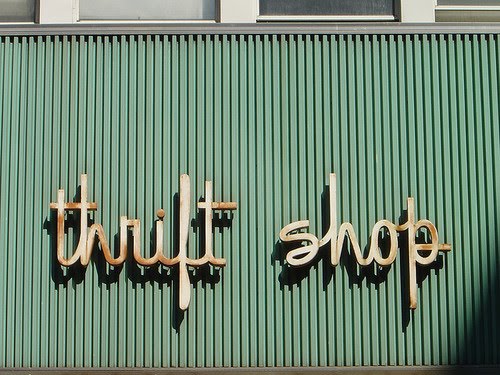
Some tips for a STELLA second-hand shopping trip
- Take a friend! – It’s always more fun with someone there. You can pick items for each other, and have a laugh at some of the outrageous pieces you see.
- Google “Op Shops in Perth” and you’ll find many lists of all op shops in Perth, there are surely some in your area.
Fun fact: I have found little link between suburb and quality of brands. Western suburbs are good, but I’ve found brands such as Marc Jacobs, Nicola Finetti & Mimco in far Eastern Suburbs – you never know! - If you find something you like, be sure to examine it carefully for any cracks, holes, pulls, stains or tears – and make sure all buttons/zips are working! Sometimes pieces are worth the small fixes, sometimes they aren’t. If you ask nicely enough, you may be able to get a small amount off for any noticeable imperfection. NEVER buy anything that isn’t your size or worth the effort to alter.
- Take a bottle of water – shopping can be thirsty work! Second hand stores can sometimes be much bigger than normal shops. Stay hydrated.
- Don’t rush! The act of shopping – wandering and observing – is peaceful and meticulous; if you rush, you could miss something amazing.
- Always try things on.
- Most shops will have a ‘designer’ or branded rack or wall – Good Sammys has the ‘Gold Seal’ collection. Because op shops are receiving more stock, they can be pickier with what they take, increasing the likelihood of items being in good condition.
A few pieces of wisdom to help with your wardrobe culling, for when you decide to give back
- Channel Ms Carrie Bradshaw from the SATC 2 Movie, and have three piles: KEEP, STORE and TOSS.
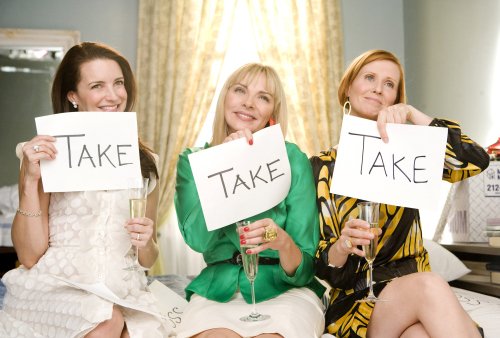 We get by with a little help from our friends: The ladies from SATC deliver their verdict on Carrie’s wardrobe.
We get by with a little help from our friends: The ladies from SATC deliver their verdict on Carrie’s wardrobe.
- Question yourself: Have I worn this in the last 6 months? Will I wear it again in the next 6 months? Does it match at least 3 other things in my wardrobe? Would someone else appreciate it more? Will I wear it next Winter/Summer? Do I have one already like this?
- As you would with an item you buy, make sure it is clean and in working condition!
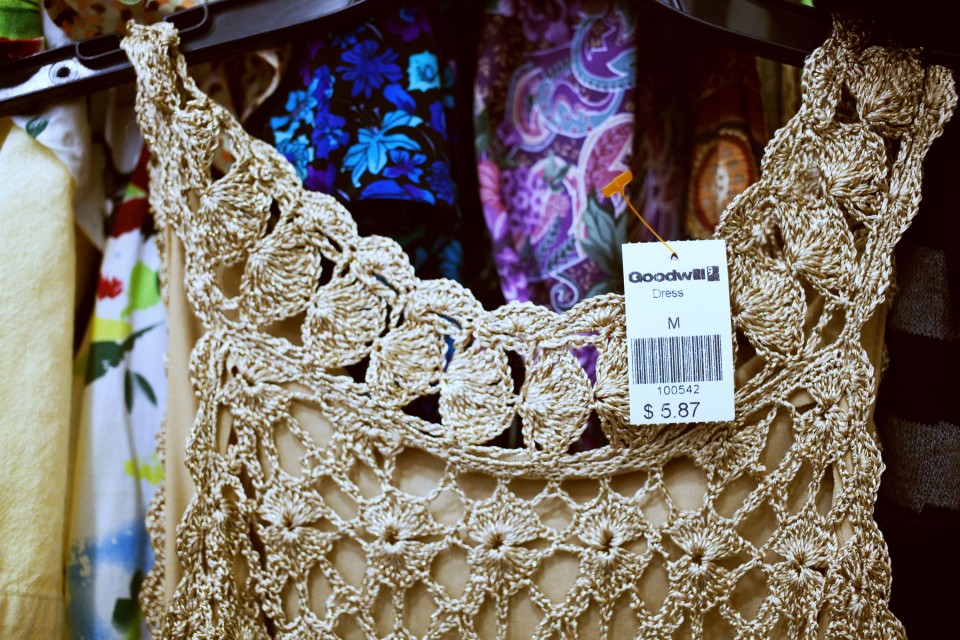
Price Scale – (Scales are approximate, including all non-clothing items):
$ $0-$100 $$ $0 – $200 $$$ $0 – $500
Tangible’s top 10 second-hand shops in Perth, Australia
- Fusion Clothing, 168 Hampden Rd, Nedlands (Open Mon – Sat) – CONSIGNMENT – $$$
- Frock This, E-Shed Markets, Shop M149-150, Fremantle (Open Mon – Sun) – $
- Retro Vinnies Northbridge 267B William Street, & Fremantle, 2/142 High Street – $$
- Red Cross, 428 Fitzgerald Street, North Perth – $$
- Red Cross, 37 Market Street, Fremantle – $$
- Salvation Army, 119 Barrack Street, Perth – $
- Salvation Army, 22 Old Perth Road, Bassendean – $
- Anglicare, 409-411 Oxford Street Mount Hawthorn – $$
- Anglicare, 121-129 Russell Street, Morley –$
[Also next door to Good Samaritans, Morley] - Good Samaritans, 3/320 Selby Street, Osbourne Park – $
[Also next door to Salvation Army, Osbourne Park]
And a bonus new favourite I discovered,
- 2nd time around Boutique, 165 Scarborough Beach road, Mt Hawthorn, $$$
Give a piece a second life and clean away the pieces that no longer serve you – may it invigorate your wardrobe! May you be rewarded by the gift of giving back too; and that you find a special something, for a special price, for a special someone in your life.
May the shopping goddesses be with you!
Your well shod author,
Anna x

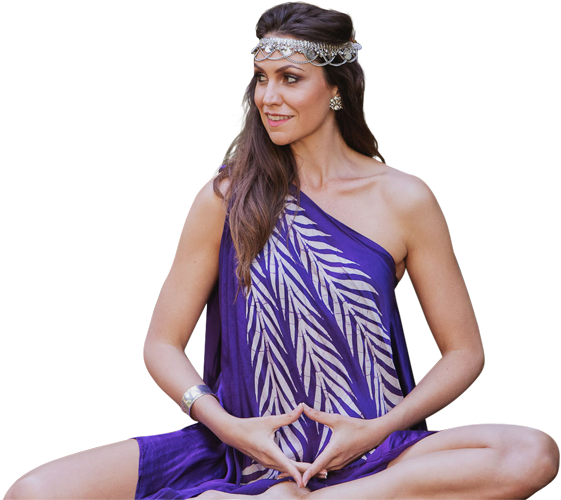
Love a good op-shop! It’s a win-win situation 🙂 I’ve been shopping at the one in Broome when I visit there.
Mums best find (which I’m sure you’ve heard about) was a $4 Lisa Ho jacket that’s she loves. X